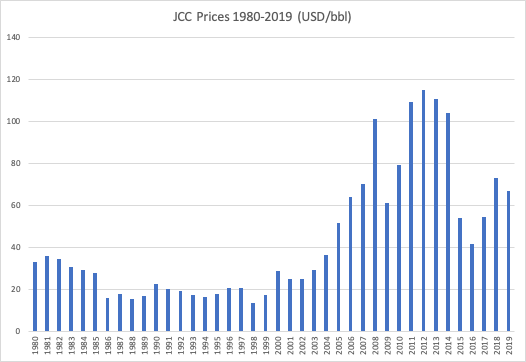BPd Combination Therapy Enhances Survival in High-Risk Myeloma Patients

In a significant advancement for the treatment of high-risk relapsed and refractory multiple myeloma, a combination therapy consisting of belantamab mafodotin (Blenrep), pomalidomide (Pomalyst), and dexamethasone (BPd) has demonstrated substantial benefits in progression-free survival (PFS). This finding was presented at the 2025 American Society of Clinical Oncology (ASCO) Annual Meeting on June 8, 2025, by Dr. Suzanne Trudel, a clinician scientist at the Department of Medical Oncology and Hematology at Princess Margaret Cancer Centre in Toronto, Canada.
The phase 3 DREAMM-8 trial (NCT04484623) evaluated the efficacy of BPd in patients exhibiting at least one high-risk cytogenetic abnormality, a demographic historically associated with poorer prognoses. At a median follow-up of 21.8 months, the trial found that patients treated with BPd had a median PFS of 21.1 months (95% CI, 13.5-not reached) compared to just 9.2 months (95% CI, 6.5-14.8) for those receiving pomalidomide, bortezomib (Velcade), and dexamethasone (PVd; HR, 0.58; P = 0.014).
Dr. Trudel emphasized the implications of these findings, stating, "In the DREAMM-8 trial, BPd demonstrated PFS benefit and was associated with higher rates of deep responses compared to PVd in patients with at least one high-risk cytogenetic abnormality. These data support the potential use of BPd as a standard-of-care regimen in this key patient population with a high unmet need."
The study's results are particularly relevant as high-risk cytogenetic abnormalities, such as the 17p deletion and amplification of 1q, occur in approximately 44% of patients receiving BPd and 41% in the PVd group. The overall response rate (ORR) for the BPd arm was reported at 76% (95% CI, 65%-86%), which included a complete response (CR) rate of 43% (95% CI, 31%-55%). In comparison, the PVd arm yielded an ORR of 65% (95% CI, 52%-77%) with a CR rate of only 15% (95% CI, 7%-27%).
The FDA has recognized the significance of these results, having accepted a biologics license application for the use of belantamab mafodotin in combination with pomalidomide and dexamethasone, with a decision expected by July 23, 2025. The DREAMM-8 trial results underscore the ongoing efforts to improve outcomes for patients facing this challenging diagnosis.
Historically, patients with high-risk multiple myeloma have faced limited treatment options and poor long-term survival rates. The introduction of BPd therapy could mark a pivotal shift in treatment protocols, aligning with contemporary precision medicine approaches that tailor therapies to genetic profiles. As Dr. Dimopoulos, a prominent researcher in hematology at the National and Kapodistrian University of Athens, noted, "The findings from DREAMM-8 exemplify the critical need for innovative therapies that address the specific challenges posed by high-risk cytogenetic abnormalities in multiple myeloma."
As the medical community continues to analyze the implications of these findings, the focus will likely shift toward integrating BPd into standard treatment regimens and further exploring its efficacy through ongoing clinical trials. The results not only provide hope for patients but also open avenues for more extensive research into novel therapeutic combinations that can enhance patient outcomes in the battle against multiple myeloma.
Advertisement
Tags
Advertisement





